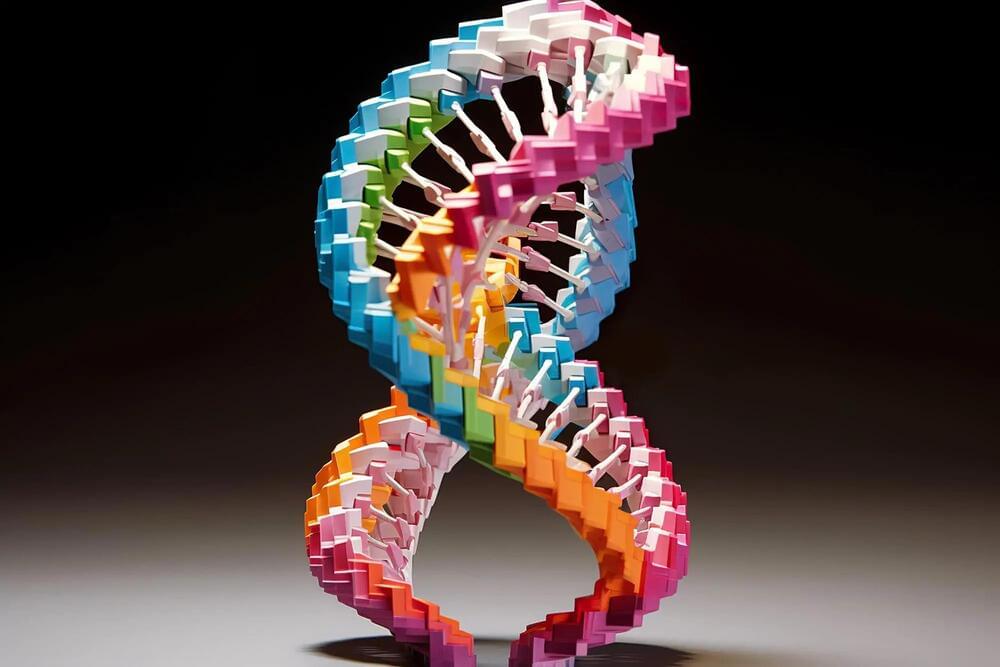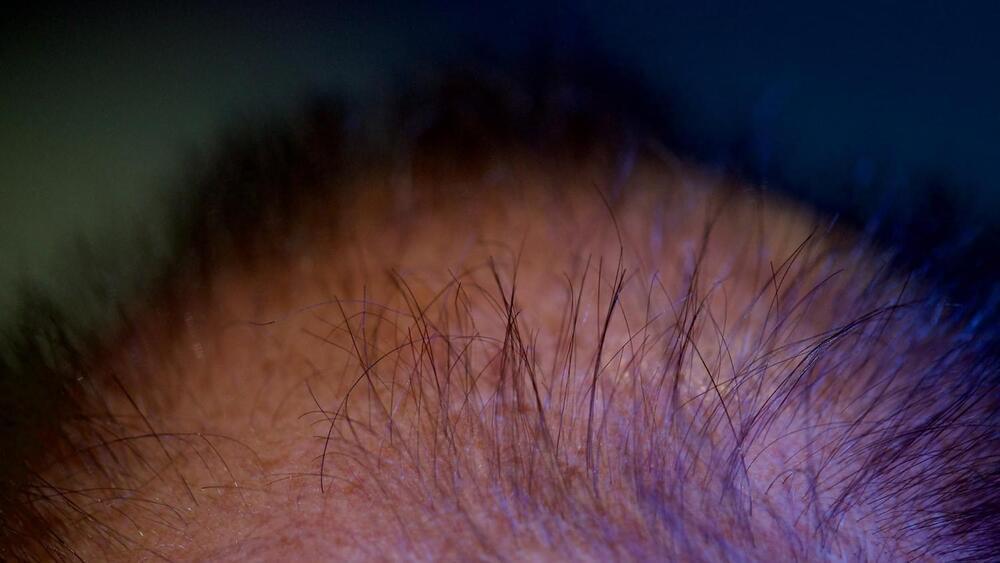Einride is trying to change how the world moves goods. The Sweden-based company with a growing U.S. presence combines battery-electric power with automation and data to develop freight’s future.
The company’s futuristic-looking equipment became a tourist attraction in New York City last week when it parked an electric truck and a cab-less Autonomous Electric Transport vehicle on West 23rd Street in Chelsea, where passersby stopped to take pictures with the electric freight movers.
While some companies focused on the future of transportation are taking more measured approaches, Einride’s leaders told FleetOwner that it is ready to move the freight world into the future now.







